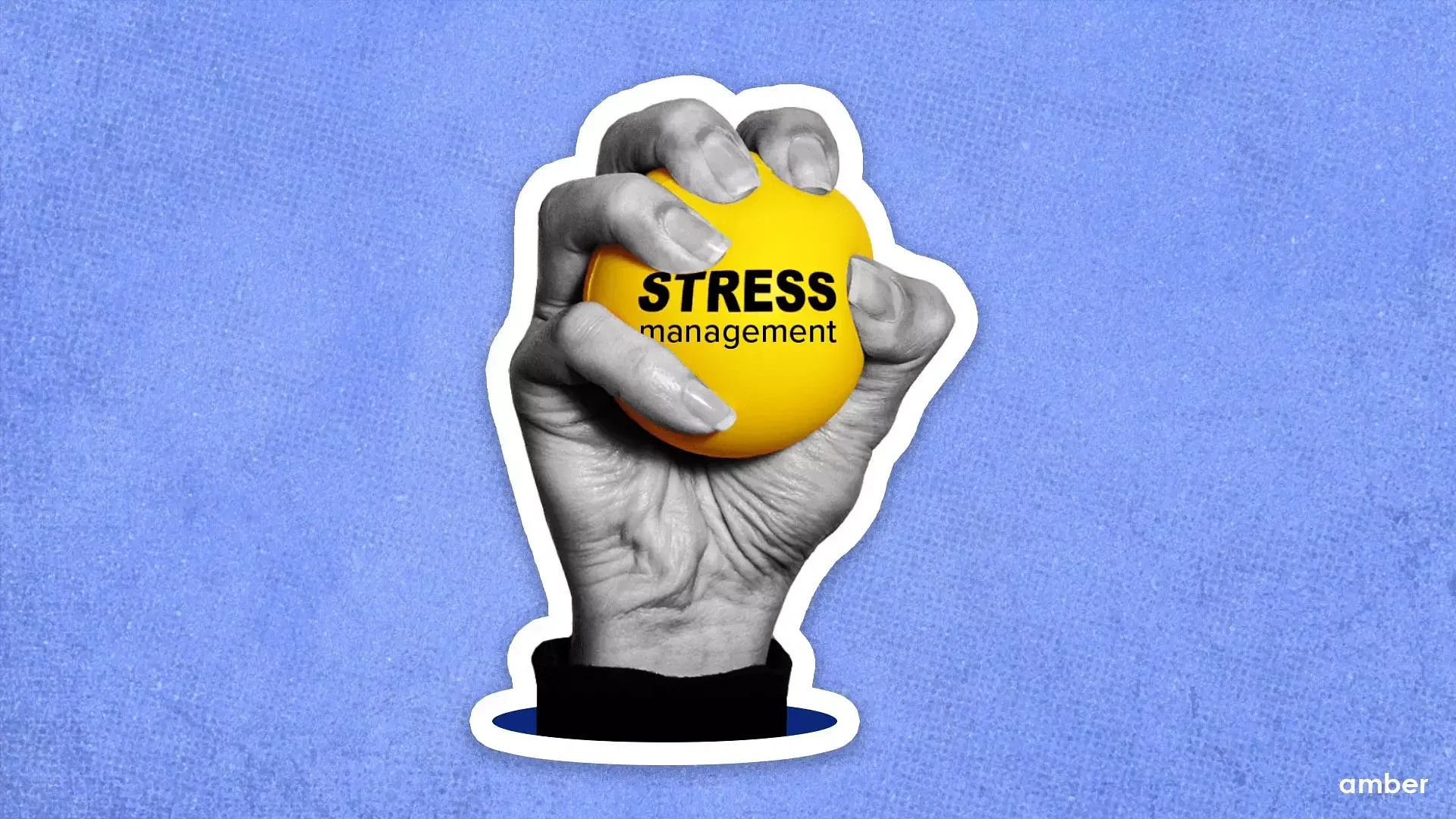Creating Online Courses and Digital Products: Share Your Expertise
Discover how to turn your knowledge into profitable online courses and
digital products.
Step 1: Identify Your Niche and Audience
Before creating an online course or digital product, identify a specific
niche and target audience. Focus on what you are passionate about and where you have expertise. This will
help you stand out in the crowded digital marketplace.
Pro Tip: Conduct market research to understand your audience’s needs,
problems, and preferences. Create a customer persona to define your ideal audience.
Step 2: Choose a Profitable Topic
Select a topic that is both interesting to you and in demand. Your topic
should solve a problem, offer a skill, or provide valuable knowledge that people are willing to pay for.
Pro Tip: Use platforms like Udemy, Teachable, or Skillshare to explore
trending courses and get inspiration for a profitable topic.
Step 3: Outline and Structure Your Content
Create an outline for your course or digital product. Break down the content
into clear sections, modules, or chapters. Make sure to have a logical flow that takes the learner from
beginner to advanced stages, if applicable.
Pro Tip: Use mind-mapping tools like MindMeister or Miro to organize
your thoughts and create a comprehensive structure.
Step 4: Create High-Quality Content
Focus on delivering high-quality content with clear visuals, engaging
narratives, and practical examples. Use a good microphone and camera if recording videos, or hire a graphic
designer if creating eBooks or digital guides.
Pro Tip: Use platforms like Canva for creating visual content or tools
like Camtasia and Adobe Premiere Pro for editing videos.
props.adsense_in_article_ads
Step 5: Choose a Platform to Host Your Course
Decide where to host your online course or digital product. Platforms like
Teachable, Udemy, and Thinkific offer user-friendly interfaces to upload and manage your content.
Alternatively, you can sell digital products directly on your website using tools like Gumroad or Shopify.
Pro Tip: If you want more control and higher profits, consider hosting
your content on your own website. Use plugins like LearnDash for WordPress to manage courses.
Step 6: Set a Pricing Strategy
Determine the right price for your course or digital product. Consider the
value you are offering, your target audience’s willingness to pay, and your competitors’ pricing. You can
offer tiered pricing for different levels of access or additional resources.
Pro Tip: Consider offering a free preview or a money-back guarantee to
build trust and encourage purchases.
Step 7: Market Your Course or Product
Create a marketing strategy to promote your course or digital product.
Utilize social media, email marketing, SEO, and paid ads to reach your target audience. Leverage platforms
like YouTube, Instagram, or LinkedIn to build authority and drive traffic.
Pro Tip: Consider partnering with influencers in your niche or
offering affiliate commissions to expand your reach.
Step 8: Collect Feedback and Improve
After launching your course or product, collect feedback from users to
identify areas for improvement. Use surveys, direct communication, or reviews to understand what worked well
and what needs adjustment.
Pro Tip: Implement feedback regularly and update your content to keep
it relevant and valuable for future customers.












